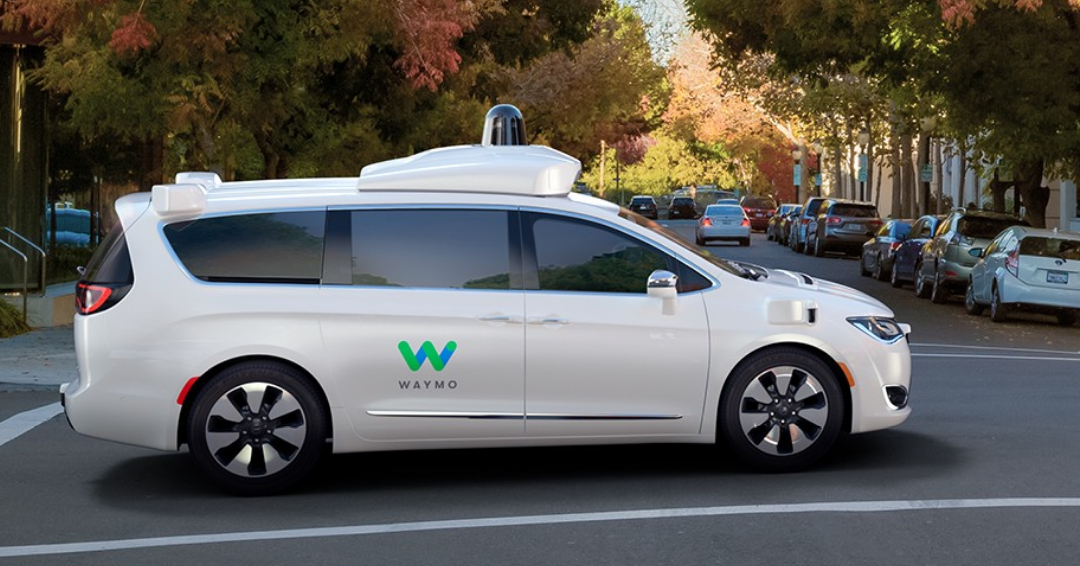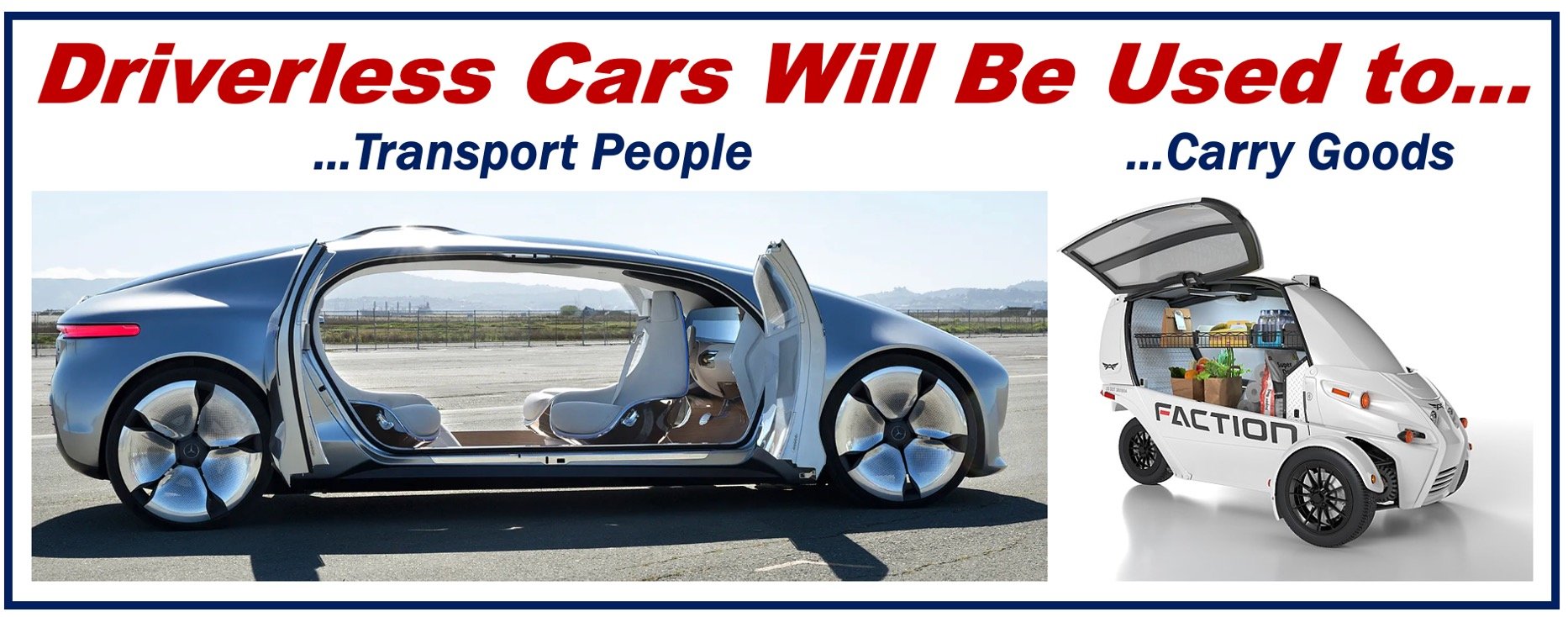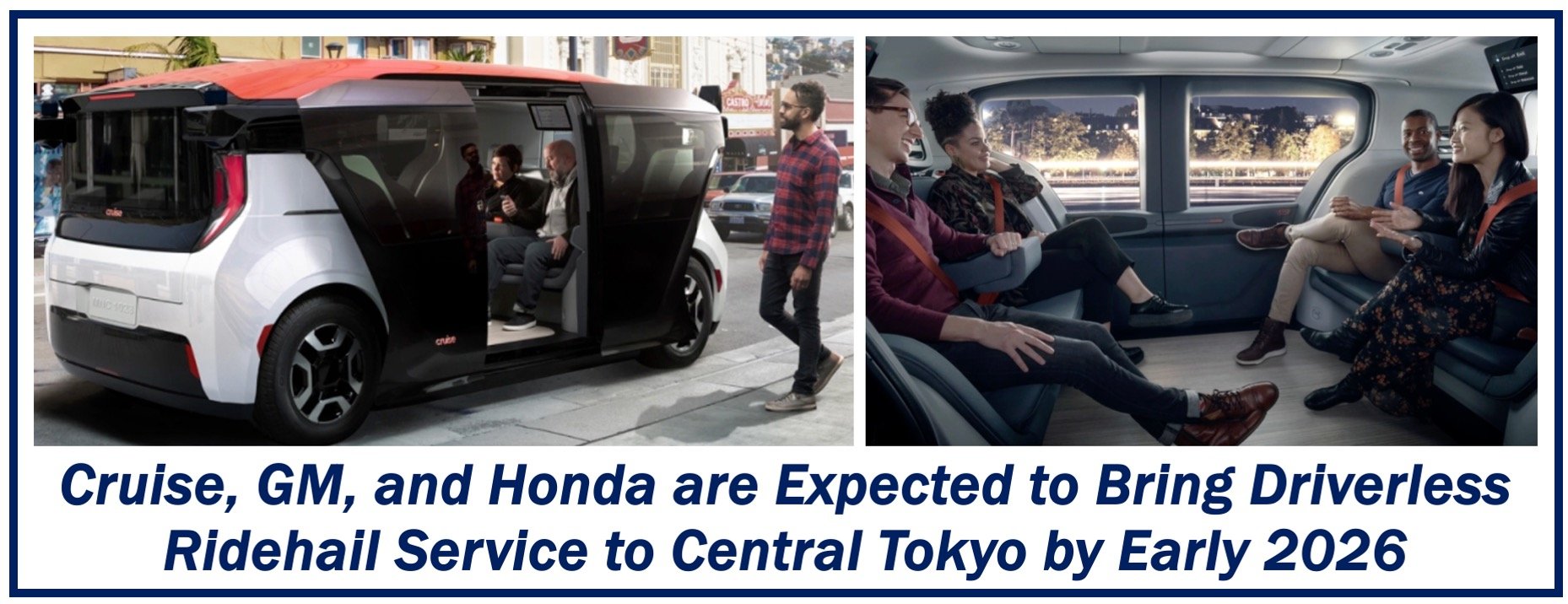An Autonomous Vehicle (AV), also known as a Driverless Vehicle or Self-Driving Vehicle, is a vehicle that can move and guide itself without human input.
Autonomous vehicles are able to perceive what is going on in their surroundings and travel to different locations through a combination of sensors, cameras, radar and AI. Advanced control systems can interpret sensory information to detect obstacles and choose the most appropriate navigation path for the vehicle.
Autonomous vehicles not only aim to transform the driving experience but also promise to enhance fuel efficiency and reduce carbon emissions through optimized routing and smoother traffic flow.
AI stands for artificial intelligence – software technology that makes machines more like us. In other words, it makes machines think and behave like humans.
Stages of autonomous driving
The basic stages of autonomous driving break down into: partially automated, highly automated and fully automated.
Partially automated: Requires a human driver to continuously monitor the automatic functions. The driver cannot perform any non-driving tasks.
Highly automated: The vehicle’s automatic system is aware of its limitations and calls for the driver to take control when necessary. The human driver can perform some non-driving tasks depending on the circumstance.
Fully automated: The vehicle’s automated system can handle all situations autonomously and there is no need for a human driver.

The six different levels of automation
The SAE’s automation classification system is based on six different levels (from zero automation to full automation). The SAE J3016 is the U.S. Dept. of Transportation’s official reference for defining levels of vehicle autonomy.
- Level 0 – There is no autonomy and the human driver does all the driving.
- Level 1 – The vehicle is controlled by the driver, but some assist features may be included. The advanced driver system (ADS) on the vehicle can “sometimes assist” the human driver.
- Level 2 – The vehicle has combined automated functions, but the human driver must remain engaged with the driving task and monitor the driving environment at all times.
- Level 3 – The ADS on the vehicle can perform aspects of the driving task simultaneously under some circumstances. The human driver must be ready to take control at all times with notice.
- Level 4 – The ADS on the vehicle can perform all driving tasks in certain circumstances or only in limited spatial areas. During those circumstances the human driver does not need to pay attention.
- Level 5 – No human intervention is necessary. At this level human occupants are passengers. An ADS on the vehicle is capable of doing all driving tasks in all circumstances.
It should be noted that there is inconsistency in what constitutes an “autonomous” or “driverless” vehicle in the automotive industry. According to SAE International’s J3016 standard: “Some vernacular usages associate autonomous specifically with full driving automation (level 5), while other usages apply it to all levels of driving automation, and some state legislation has defined it to correspond approximately to any ADS at or above level 3 (or to any vehicle equipped with such an ADS).”

Pros and cons of autonomous vehicles
Potential benefits of autonomous vehicles include:
- Increased safety – approximately 1.2 million people die in traffic accidents every year. The widespread adoption of autonomous vehicles could reduce the number of auto incidents.
- Better mobility and less traffic – autonomous cars can communicate with one and another and identify the most optimal route which could reduce congestion and make transport by car more seamless.
- Reduced emissions
- Reduced costs
Potential cons:
- They are more vulnerable to hackers and other cyber threats.
- Some people’s jobs could be made obsolete.
Urban Planning
Autonomous vehicles are anticipated to significantly impact urban planning and infrastructure, as cities may need to adapt roadways, traffic systems, and parking facilities to accommodate the unique requirements of driverless technology.
This shift towards autonomous vehicles may also lead to the redesign of urban spaces, as less space may be needed for parking, enabling more room for green spaces and pedestrian areas, thereby potentially enhancing the quality of urban life.
We should be planning for a world with driverless cars well in advance. Unfortunately, most lawmakers across the world rarely plan beyond the next elections. In other words, they tend to focus on short-term projects.

Legal definition
In the District of Columbia (DC) code,
“”Autonomous vehicle” means a vehicle capable of navigating District roadways and interpreting traffic-control devices without a driver actively operating any of the vehicle’s control systems. The term “autonomous vehicle” excludes a motor vehicle enabled with active safety systems or driver- assistance systems, including systems to provide electronic blind-spot assistance, crash avoidance, emergency braking, parking assistance, adaptive cruise control, lane-keep assistance, lane-departure warning, or traffic-jam and queuing assistance, unless the system alone or in combination with other systems enables the vehicle on which the technology is installed to drive without active control or monitoring by a human operator.”
Who is legally liable?
When a self-driving car crashes, who is responsible, the owner or the maker of the vehicle? This is currently being debated by lawmakers across the world.
In November 2023, the British government announced that the makers will be legally liable for any crashes. Insurance companies and AV startups welcomed the announcement.
In addition to the legal framework adjustments, recent advancements have seen the integration of 5G technology into autonomous vehicle systems, significantly enhancing vehicle-to-vehicle and vehicle-to-infrastructure communication, which is expected to improve traffic flow and safety.
Tara Foley, head of global insurer AXA in the UK and Ireland, said:
“This will add “multiple benefits for the UK economy, road safety and green jobs. For insurers, it also provides crucial clarity for establishing liability for self-driving.”
Video explanation
This educational video explains what an autonomous vehicle is using simple and easy-to-understand language and examples.
